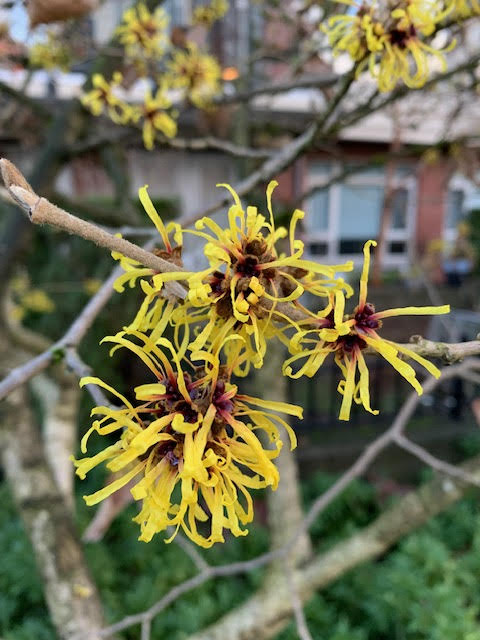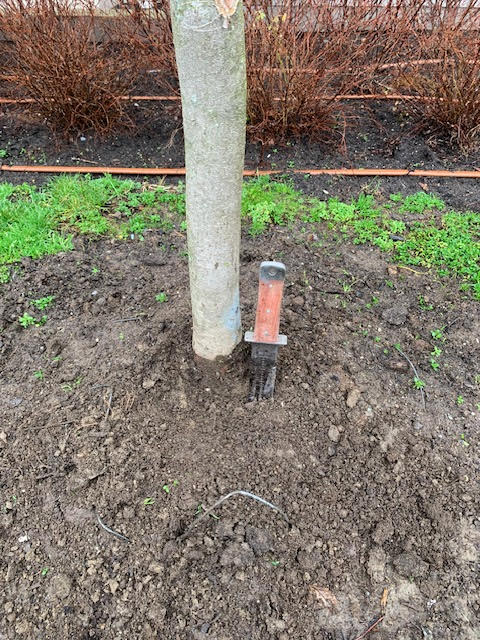A rough start
This week I was searching through my Proper Landscaping blog posts when I noticed my very first technical post. It’s like seeing a younger photo of yourself several years later and noticing the progress you’ve made. Or remembering how I first walked with my son into our apartment; he could barely walk so I held his hand. Fast forward fifteen years and now he’s taller than me!
My first blog post from March 17, 2015, was very short because I was very shy about putting my words out there for Google to digest. It was exactly one paragraph long. Today I know that blog posts should be at least three hundred words long. Some of my Proper blog posts are 400-500 words, not many reach 1,000 words.
I’m also far from shy because people have to know about you. And for that to happen you have to publish lots of posts, videos, and e-books. My production has increased but it’s still work in progress. Occasionally I sell an e-book on Amazon; and occasionally one of my short videos on YouTube gets thousands of views.
One big mistake
My first blog post had a title and category but there was one huge mistake. No SEO. Search Engine Optimization is critical for success. By entering a focus key phrase you allow people searching for that phrase to find you on Google. That’s exactly what we need, eyeballs on our blog posts.
Traffic is key! That’s why companies like Proper Landscaping Inc hire bloggers to write blog posts. Without any new content you website will likely sink in Google rankings.
When Google notices weekly posts on the Proper blog, the site ranks higher. First page on Google is the goal of every blogger and company.
Topics
One of my fears early on was running out of stuff to write about. How new and naive I was. This year marks my tenth year of blogging for Proper Landscaping and there is plenty to write about. New courses are advertised, new tools are made, and workers keep making mistakes in the field. There are people to interview and books to review. I also curate content by simply adding my own comments to other people’s content. Now we have AI to test out.
As a landscape manager I get to see a lot of stuff in the landscape. I also write about my own side-hustles and what it’s like to earn extra cash on the side.
Thank you
Thank you for visiting the Proper Landscaping blog and leaving comments. If you are an existing Proper Landscaping client, even better. Make sure you renew your maintenance contract and stop by to read a few posts. There are enough blog posts in the pipeline into spring.
Have a great year in 2024!




























